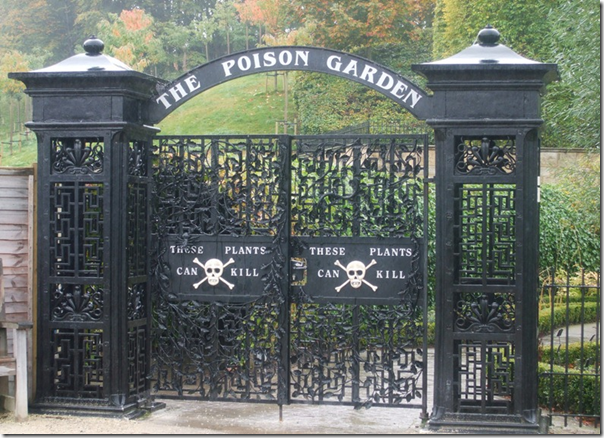
Alnwick Poison Garden
By Kaushik, Amusing Planet, 11 June 2012.
The Alnwick Poison Garden is one of the many public gardens attached to Alnwick Castle in Northumberland, England. The castle itself is the second largest in Great Britain. The Alnwick Poison Garden boasts some of the world's most dangerous plants, hence the name. Behind big black gates, the carefully curated garden contains about 100 varieties illegal narcotics including poppies, which are used to make opium, the poisonous Atropa belladonna (also known as deadly nightshade), Strychnos nux-vomica (used to make strychnine), Cocoa (from which cocaine is produced), hemlock (used to kill Socrates), cannabis and more.
Although the Poison Garden is a recent addition, the history of the Alnwick Gardens goes back to 1750, following centuries old tradition of botanical interest in poisonous and toxic plants. The gardens have a long history under the Dukes of Northumberland, but fell into disrepair after World War 2.
The current Duchess of Northumberland decided to revamp the gardens when she became mistress of Alnwick Castle. The project began around 2000, but she did not begin the Poison Garden until five years later. Inspired by the garden near Padua, Italy which was once used by the Medici's to find better ways to kill their enemies, the Duchess decided to build a garden that was filled with narcotic, poisonous and deadly plants. The initial design included some medicinal plants, but she had them removed to maintain the concept of the Poison Garden.
Guests who visit the Alnwick Poison Garden are led by guides who teach them about the plants and about drug abuse prevention. The drug abuse prevention message stems from the plants that reside in the Poison Garden. No touching, no sniffing and no cutting is allowed. To keep curious children away from the plants, signs pronouncing 'These Plants May Kill' are placed at the gates.
The Poison Garden at Alnwick Gardens is on around the clock surveillance for the safety of the public and would-be thieves. Some of the plants are even kept in specially fenced areas to avoid accidental poisoning or theft of the plants for use in making narcotics. The message at the Poison Garden is anti-drug, so it is of the utmost importance that the plants there be used to educate the public, not harm people.
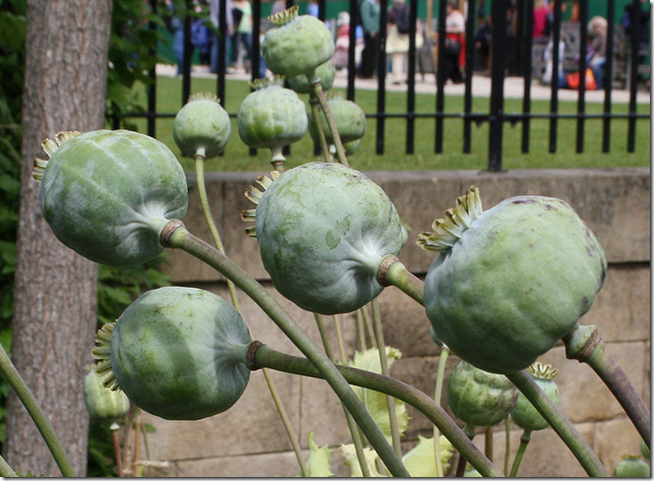 Poppies ready to harvest (Photo credit)
Poppies ready to harvest (Photo credit)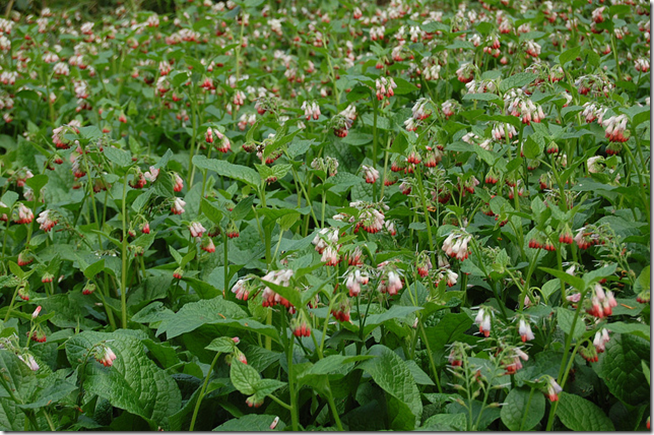 Deadly Nightshade (Photo credit)
Deadly Nightshade (Photo credit)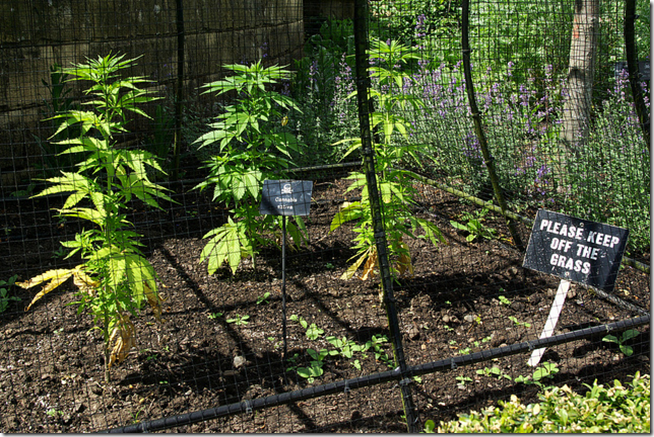 Cannabis sativa plant, grown with permission at the Poison Garden. There is a humorous warning against its illegal
Cannabis sativa plant, grown with permission at the Poison Garden. There is a humorous warning against its illegal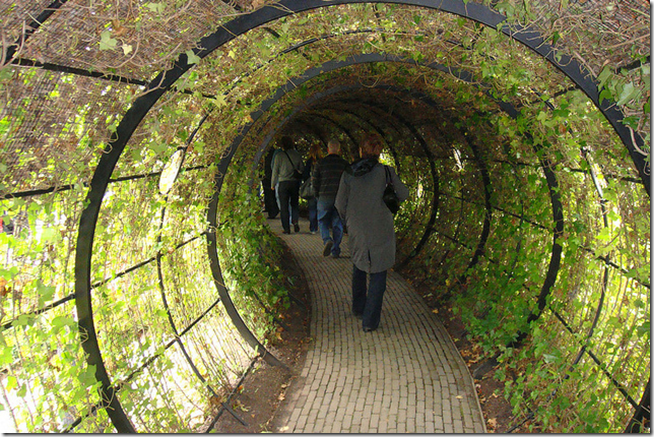 Exit route from The Poison Garden (Photo credit)
Exit route from The Poison Garden (Photo credit)
Sources:
Top image: Photo credit

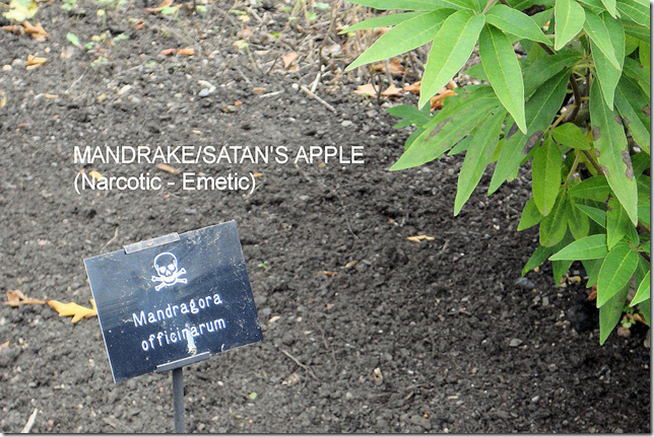
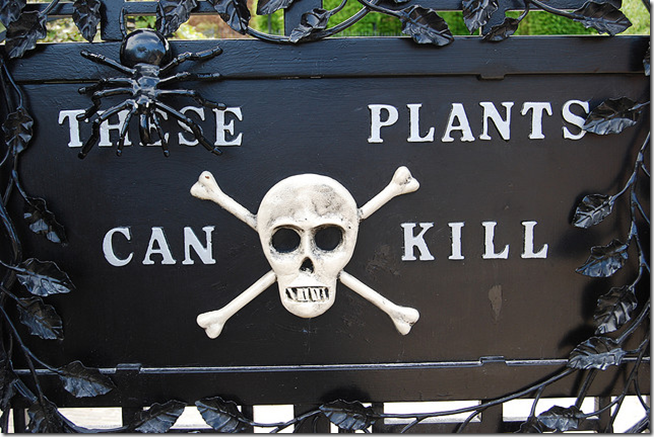
No comments:
Post a Comment
Please adhere to proper blog etiquette when posting your comments. This blog owner will exercise his absolution discretion in allowing or rejecting any comments that are deemed seditious, defamatory, libelous, racist, vulgar, insulting, and other remarks that exhibit similar characteristics. If you insist on using anonymous comments, please write your name or other IDs at the end of your message.